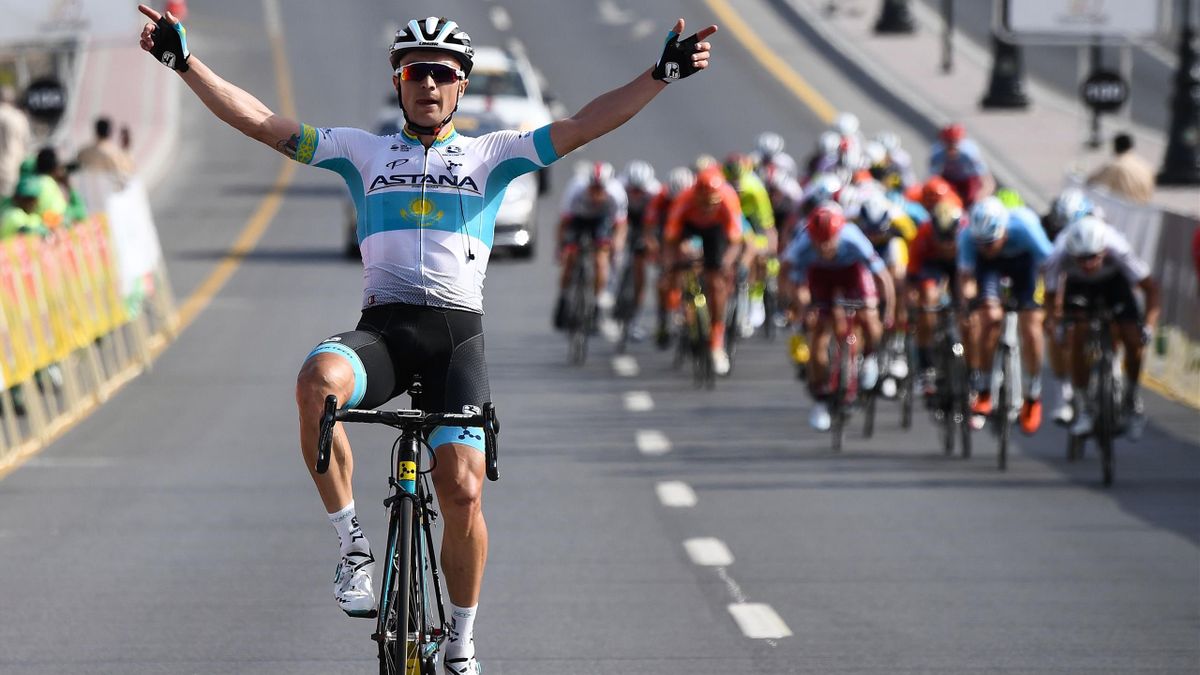We’re always seeking innovative ways to optimise performance in both training and competition. Here are six tried and tested strategies that can significantly enhance performance. These strategies have been covered in more detail in previous blogs, but for those who may have missed them, here is a general overview and some practical ways to implement them. Additionally, we’ll provide a strategy for incorporating these different methods into a training program.
Mental Imagery
Mental imagery, also known as visualisation or motor imagery, involves mentally rehearsing actions without physically performing them. This technique engages various sensory modalities to create an accurate mental representation of the desired action, enhancing performance by activating the same brain processes as actual physical execution. Research supports its effectiveness in improving skill acquisition and performance in sports.
- Schedule: Incorporate mental imagery sessions before and after practice or competition.
- Implementation: Spend 5-10 minutes visualising specific movements and scenarios related to your sport, ensuring a realistic and vivid sensory experience.
- Pro Tip: Use the PETTLEP model to guide your mental imagery sessions, focusing on Physical, Environment, Task, Timing, Learning, Emotion, and Perspective aspects.
Self-Talk
Self-talk refers to the internal dialogue that athletes use to enhance performance. It can be positive or negative and includes instructional, motivational, and mood-related self-talk. Positive self-talk encourages and uplifts, while negative self-talk can hinder performance. Instructional self-talk focuses on technique, motivational self-talk boosts effort and persistence, and mood-related self-talk helps regulate emotions.
- Schedule: Use self-talk throughout your training sessions and competitions, particularly during challenging moments.
- Implementation: Develop a set of positive, instructional, and motivational statements to use regularly. For instance, repeat affirmations like “I can do this” or “Focus on the next step.”
- Pro Tip: Integrate self-talk into both practice and competition settings to maintain a consistent mental approach and reinforce positive behaviours.
Meditation
Meditation involves practices such as visualisation and mindfulness to enhance mental readiness, reduce anxiety, and improve focus. By fostering a calm and positive mindset, athletes can enhance their performance, manage stress, and maintain mental clarity during competition.
- Schedule: Incorporate meditation into your daily routine, either in the morning or before sleep, and before competition for calming effects.
- Implementation: Practise 10-20 minutes of mindfulness or visualisation meditation, focusing on breathing and positive imagery.
- Pro Tip: Combine meditation with progressive muscle relaxation to further reduce tension and enhance mental clarity.
Goal Setting
Goal setting is a powerful tool for enhancing performance by providing clear and structured objectives. SMART goals—specific, measurable, attainable, relevant, and time-bound—are particularly effective. Setting both short-term and long-term goals helps maintain motivation, provides immediate feedback, and offers a vision for future achievements. Regular feedback and reflection further enhance the effectiveness of goal setting.
- Schedule: Regularly set and review goals, both short-term (weekly) and long-term (monthly or annually).
- Implementation: Use the SMART criteria to set specific, measurable, attainable, relevant, and time-bound goals. Regularly assess and adjust goals based on progress.
- Pro Tip: Integrate feedback and reflection sessions to evaluate your progress and make necessary adjustments to your goals.
Warming Up
Warming up involves moderate exercise that prepares the body for sport-specific requirements. It gradually increases heart rate, enhances blood circulation, activates muscles, and prepares the mind for the demands of play. Warming up improves flexibility, reduces injury risk, and ensures athletes are mentally ready to perform at their best.
- Schedule: Spend 15-20 minutes warming up before each training session or competition.
- Implementation: Start with 5-10 minutes of light aerobic activity, followed by dynamic stretching and sport-specific drills.
- Pro Tip: Use progressive intensity exercises, such as incremental sprints, to gradually match the intensity of the upcoming session or competition.
Cooling Down
Cooling down involves gradually reducing workout intensity through light aerobic activity and stretching. This process helps transition the body to a resting state, promoting blood flow, reducing metabolic waste, and preventing stiffness. Cooling down aids muscle recovery, reduces soreness, maintains flexibility, and prepares the body for future physical demands.
- Schedule: Dedicate 10-15 minutes after each training session or competition.
- Implementation: Include 5-10 minutes of low-intensity aerobic activity, followed by static stretching and foam rolling.
- Pro Tip: Incorporate rehydration and nutrition strategies, such as consuming a balanced snack and electrolyte-rich beverages, to support recovery.



